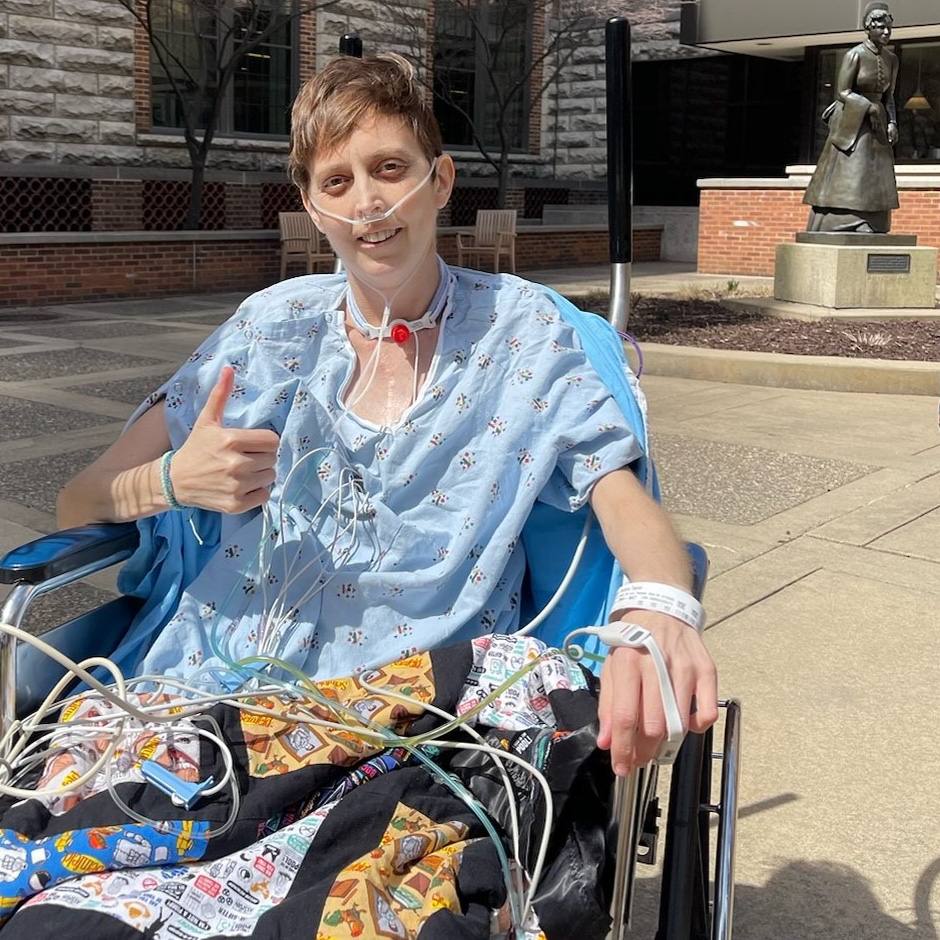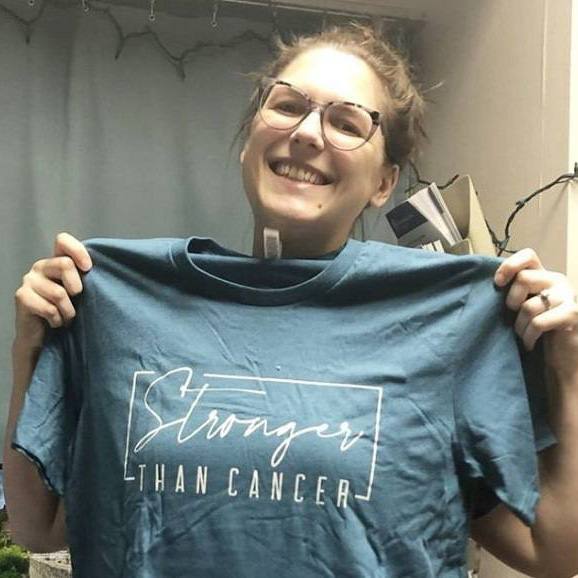-
Sharing Mayo Clinic
Prompt Treatment for Saydee Prevents Permanent Eye Damage
Today, 8-year-old Saydee is happy she can see well and ride in a car without feeling dizzy. At a visit with pediatric ophthalmologist Naomie Warner, D.O., in the Eye Care Center at Mayo Clinic Health System in Eau Claire, Wisconsin, last year, Saydee was diagnosed with lazy eye. She needed to wear an eye patch, in addition to her glasses, to help correct her vision.
Lazy eye, or amblyopia, is reduced vision in one eye caused by abnormal visual development early in life. The weaker, or lazy, eye often wanders inward or outward. Amblyopia generally develops from birth to age 7. It's the leading cause of decreased vision in one eye among children. If left untreated, lazy eye can cause permanent vision loss, which affects 2.9 percent of adults.
"Vision loss can usually be treated, and often reversed, if caught early during childhood development before the age of 10," Dr. Warner says.
Out of focus
Joyce Solie, Saydee's great-aunt and guardian, had a similar problem in her youth, which is what motivated her to bring in Saydee for an eye checkup. Unfortunately for Joyce, when she was a child, she didn't get treatment soon enough to reverse her lazy eye. She didn't want her niece to have the same outcome.
"If Saydee wouldn't have been treated, she likely would have had permanent decreased vision." — Naomie Warner, D.O.
Joyce first became concerned when Saydee couldn't see clearly and started bumping into things around the house. Joyce also noted that car rides weren't fun and often made Saydee sick when she looked out the window.
Dr. Warner diagnosed Saydee with a specific type of lazy eye called refractive anisometropia, where the sharpness in vision between the two eyes is different. To help correct the problem, Saydee was given eye patches to wear.
Clear improvement
"I had to wear patches over my left eye every day for three hours over four months, because my right eye was shaped like a lemon, but my left eye was shaped like an orange," Saydee says. "Sometimes, I did not like to wear my patch, because it was uncomfortable, so I took it off. But then I had to wear it longer the next day."
Initially, Saydee was concerned about being teased at school. "My family and teachers helped me a lot with my patch. They reminded me to wear it and told the other kids why I had to wear the sticky patches over my eye."
After she was done using them, Saydee collected her colorful and patterned patches and placed them as scales on a fish poster for her scrapbook.
"I kept wearing the patches so much that my eye got better faster
than [Dr. Warner] thought it would." — Saydee
"Fortunately, her condition was caught early enough that the eye actually hadn't started drifting outward or crossing inward," says Dr. Warner. "If Saydee wouldn't have been treated, she most likely would have had permanent decreased vision and an eventual eye turn that may or may not have needed surgery."
During one of her last visits, Saydee was excited to learn that she no longer needed to wear the eye patch.
"I was glad when Dr. Warner told me that," Saydee says. "I kept wearing the patches so much that my eye got better faster than she thought it would."
HELPFUL LINKS
- Learn more about lazy eye.
- Read about the Eye Care Center in Eau Claire.
- Explore Mayo Clinic Health System.
- Connect with others talking about lazy eye and other vision conditions on Mayo Clinic Connect.
- Request an appointment.
Related Articles








